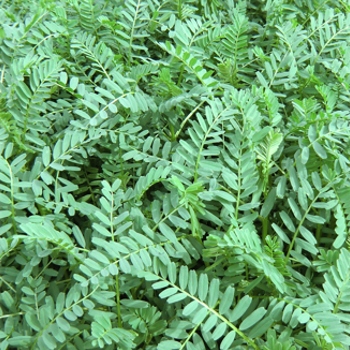The bitter vetch (Vicia Ervilia) is a legume traditionally planted in the Mediterranean Basin due to its elevated rusticity and great adaptation to our agro climatic conditions.
Like the rest of legumes, its main characteristic is the nitrogen input proceeding from the Rhizobium to the soil, favouring previous crops. Generally cereal crops.
In Spain, it’s a species fundamentally cultivated in the south of Aragón and Castilla La Mancha. Just like with peas, haboncillos and vetches their surface is increasing due to the vegetal protein demand within the EU and the consequent incentive from the common agricultural policy to cultivate.
It’s the grain legume that adapts better to dry arid and semiarid terrains, being able to produce with 250-300 mm of rainfall. When it comes to soils, it tends to develop on soils with a pH between 6 and 9, with a preference in well drained loam, although it can still endure heavy soils and lime excess. They show elevated resistance to low temperatures, allowing for its cultivation in areas where because of the cold, other legumes like peas can’t make it.
Their ideal sowing time is during autumn, from mid October to the beginning of December, at a dose of 100-150 kg/ha.
Their performance depends a lot on the conditions it is cultivated, but it can reach up to 2500 kg/a.



